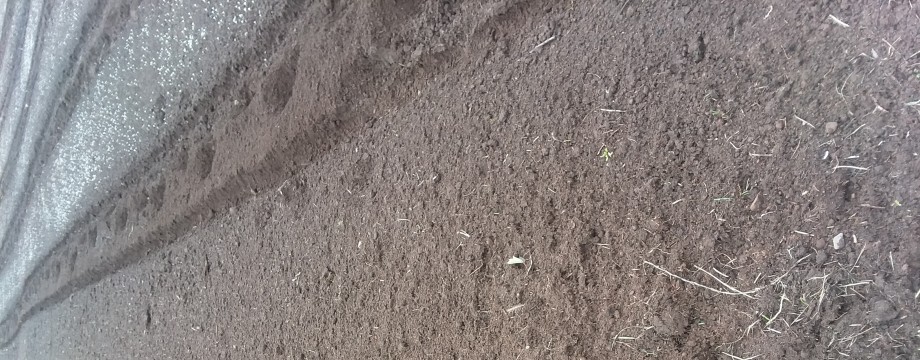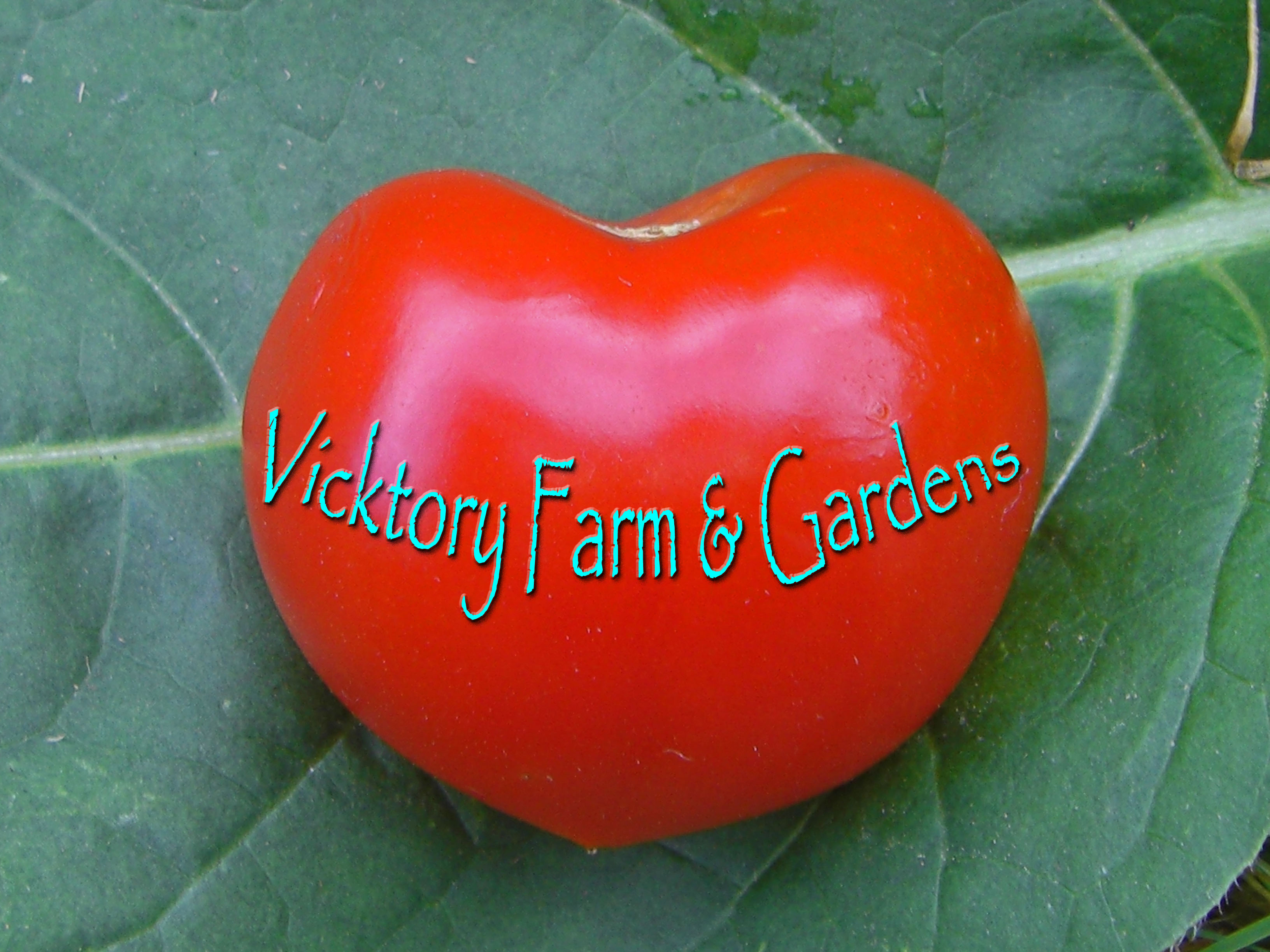The Pacific North West is a great place to grow a nice vegetable garden, it it is the only place I have ever gardened and I have been gardening for forty years.
There are some tricks I have learned along the way to make the PNW garden more successful.
 The big hurdle is our seemingly short growing season. It isn’t so much that there are fewer calendar days between the last frost date and the first frost date but that there isn’t that many days of sun between the two. We have plenty of rain fall. Our rainfall can be as much an impediment to gardening as the lack of rainfall can be in other areas.
The big hurdle is our seemingly short growing season. It isn’t so much that there are fewer calendar days between the last frost date and the first frost date but that there isn’t that many days of sun between the two. We have plenty of rain fall. Our rainfall can be as much an impediment to gardening as the lack of rainfall can be in other areas.
If you try to garden the old fashioned way or what I call the Kansas Farm Corn Row style of gardening you won’t have any where near the production that is possible in the PNW. A gardener needs to learn some season extending tricks and it isn’t all just about green houses or row covers.
Before you can plant you have to have prepared soil and before you can prepare your soil it has to be dry enough. One way to know if your ground has the proper soil to moisture ratio to be tilled either by machine or by hand is the squeeze method.
Take a handful of your soil and squeeze it into a ball. If it holds its shape great. Just like the picture above. But now comes the part of the test that PNW soils fail until late spring.
Pinch the ball of dirt once across the middle and see if it falls apart. (Trying to do this and take a picture of it is very hard.) The ball should fall apart like this second picture shows.
If the ball just changes shape like you pinched a ball of clay then don’t touch the soil with a rototiller or a spade or spade fork. You will ruin the soil texture. You will be fighting dirt clods with roughly the same physical properties as rocks all summer long.
With our amount of rainfall and the relative cool temperatures you could be locked out of gardening for months into what can be your new growing season. Lots of vegetables can grow in cool soils and even take frosts but not cold wet gloppy soil. And even if they could handle cold wet soil you can’t plant them if you can’t touch your soil.
My world of gardening changed in seventy-eight when I came across a magazine article describing wide raised bed gardening. That was huge and was followed by Territorial Seed Company coming on the scene another huge change in my gardening. All of which was only slightly over shadowed by meeting Dirt in November seventy-nine. By nineteen eighty I was proficient and sold on the idea of wide raised beds for gardening and the potential for growing vegetables nearly year round in the PNW.
I’ve tried it a lot of different ways, boxed in, putting all the rocks in the paths, shorter bed lengths and I always come back to the simple method. Deep dig and form the beds four feet wide with two foot paths, add amendments, let it sit a bit then plant.
Building materials should not be used in the food producing garden. Railroad ties leach creosote, pressure treated lumber leaches chromated copper arsenate, regular old wood rots. If plastic bottles leach stuff into the bottled water just because it sits in a warm truck, what does the plastic board leach into the vegetable garden?
Aside from the toxicity of building materials, boxing in beds causes other pains in the neck, they harbor bugs and slugs, they make digging a big fat hassle. Trust me the soil isn’t going any where anytime soon. If you put a mulch down in the harshest season, you accomplish two things, keeping weeds at bay when you don’t want to be in the garden and you stop any erosion that heavy rains might cause.
We get pretty heavy rains, the water in these pictures accumulated in an afternoon of hard driving rain and a hard spurt of hail. And yet, I don’t lose the shape of my beds. Even the ones that have been essentially naked for a couple of months.
Don’t fall for marketing ploys designed to get you to buy stuff you do not need. Sometimes the things we are talked into in order to be “green” or “simple” are actually the opposite in effect.
 I’ve grown so fond of what the raised beds do for a garden there is rarely a bed in all of my gardening that isn’t essentially raised. Many of my more ornamental focused garden areas have sculpted raised beds, my dad would call them sad little berms if he saw them.
I’ve grown so fond of what the raised beds do for a garden there is rarely a bed in all of my gardening that isn’t essentially raised. Many of my more ornamental focused garden areas have sculpted raised beds, my dad would call them sad little berms if he saw them.
Raised wide beds hold far more product in less space than KFCR gardening and on a hundred acre farm space saving at first really doesn’t seem to be an issue. But having the garden close in is a definite plus especially when dragging hose and equipment. In the ornamental beds, being able to cram the biggest feast for the eyes in one sweep of the eyes is another advantage.
 This is one of my beds in my North garden. This garden was quite the challenge to build, it was completely scraped by a bulldozer prior to our arrival and a huge bonfire was burned in the middle of the area, I try not to think of all the things that could have been thrown on that fire. I didn’t unearth too many melted this-es and thats-es and so I figure it wasn’t too full of toxins. It has a giant rock that looks like the top of a mountain range and the sunken mountain range became my compost area.
This is one of my beds in my North garden. This garden was quite the challenge to build, it was completely scraped by a bulldozer prior to our arrival and a huge bonfire was burned in the middle of the area, I try not to think of all the things that could have been thrown on that fire. I didn’t unearth too many melted this-es and thats-es and so I figure it wasn’t too full of toxins. It has a giant rock that looks like the top of a mountain range and the sunken mountain range became my compost area. 


One Response to A Well Raised Bed, A Changed Gardener